NTARE LIONS LEAGUE TEAM NAMES AND WHAT THEY MEAN
- Home
- Uncategorized
- NTARE LIONS LEAGUE TEAM NAMES AND WHAT THEY MEAN
Besigye Barigye Brian writes:
In the heart of the Ntare Lions League lies more than just football — it’s a celebration of identity, brotherhood, and the rich tapestry of memories from the den. Every team name carries a story, a slang, a shared moment that defined a generation of Lions.
ENSHAZA
This is the youngest team in the league (2017–2023). The lads got their name from the famous Wednesday supper meal in the den, which comprised a comforting bowl of cowpeas — tender with a slightly firm texture, infused with rich flavors from the sauce. The aroma of the cowpeas would waft up, tantalizing your taste buds and making your mouth water in anticipation.
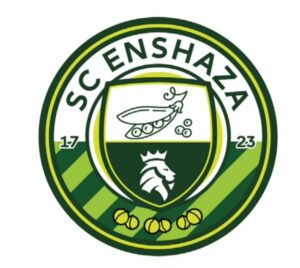
KASHANI
Kashani is jargon for the Saturday movie nights in the lion-shaped Main Hall. The hall is transformed into a cozy movie theater. The lights are dimmed and the projector is set up on a large screen. Seating is arranged to reflect a hierarchy, with the most senior individuals seated in positions of prominence. These movie events became memorable high school experiences — shared moments that bonded lions and created lasting memories. Kashani is the class of 2016–2022.
Kashani FC Logo
SC ENSHAKA
Have you ever read something and it doesn’t appear anywhere in the exam? Well, that was known as Enshaka at Ntare School. Imagine the pain of cramming the Portuguese conquest, only to kugwa Enshaka…
SC Enshaka is the class of 2015–2020.
KASASI
Kasasi is derived from entering the examination hall with unauthorized materials — notes, electronic devices, small papers with answers — or even manipulating the exam process itself. We all know the legends of Kasasi and how hard it was to catch them copying.
Kasasi is the class of 2014–2019.
NTURI
This is the class of 2013–2018. Nturi refers to escaping from the den — the thrilling fence escapes that involved finding handholds and footholds, testing your strength and agility. You had to take a deep breath, savor the moment, and swing your legs over. The drop on the other side? Exhilarating.
SC ENSAYI
The class of 2012–2017 derives its name from Ensayi, which means the love and passion lions have towards the school. A visible display of Ensayi was during different soccer (soccas) tournaments at the mighty Kakyeka Stadium, where fans composed creative chants tailored to each player and opponent. (“EEE NTARE, EEE NTARE, EE NTARE, EEEE NTARE ELISEMA…!”)
SC JABULANI
This is the class of 2011–2016. Jabula(ni) is jargon for the famous UGX 500 lindazi. Its size was almost equal to the Jabulani ball used in the 2010 World Cup — a memory vivid when this cohort was finishing PLE. Jabulas were the perfect escort for evening milk tea.
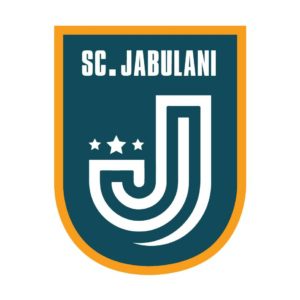
SC KALELE
Kalele refers to the street soccer played on any available open space in the den — behind Aggrey, New House, Crichton, between Nile and Africa Houses or the defunct Nile desert(now Pearl & Golden houses). Kalele was played after , during or before classes, usually with smaller or no goals. The focus was on ball control and individual skill rather than team strategy. SC Kalele is the class of 2010–2015.

TY OMUJUMA
This is the class of 2009–2014. Omujuma refers to the beans simmered in savory sauce with tomatoes, onions, garlic, and sometimes spices. These beans added depth to lunch and supper, making each mouthful rich and filling.
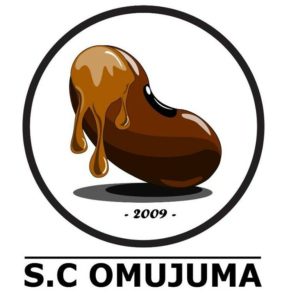
ABASHWEKI
Class of 2008–2013. We all had those top undercover agents in school. In the context of the den, Omushweki referred to someone good at camouflage and secrecy — especially when snitching. Acts of okushweka included classwork, housework, and the sawa ya ogunda.
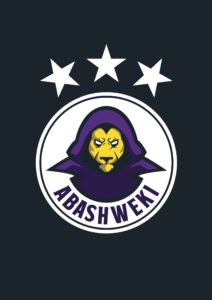
KABALI
Kabali refers to a record or notice (piece of paper) given to a lion who had failed to meet certain expectations or had broken school rules and regulations. Signing a Kabali was always better before parents found out.
Kabali is the class of 2007–2012.

KISYANGA
Get a fork, pour millet flour in a cup, dish, or jug, add some cold water, stir, then add hot water and watch the effervescence. Don’t forget to muddle. What you’ll get is Kisyanga.
The golden Bisya, as they’re called, first set foot in the den in 2006 — the year Ntare School turned 50.
Kisyanga is the class of 2006–2011.
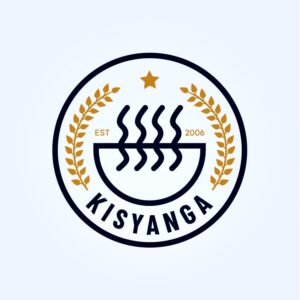
NSHERA
Nshera is the class of 2005–2010. If you woke up early, you’d enjoy the morning porridge — Nshera. But this wasn’t a meal for the lazy. It took serious determination and fury to partake in this battle of the bowl.
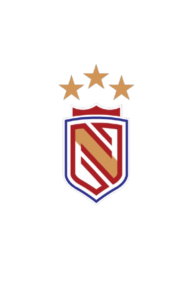
MACHANDO
Machando originates from “merchandise” sold from Ntare School to the outskirts of Kajogo, behind New House and Crichton.
Machando is the class of 2004–2009.

KACHANCHALI
Class of 2003–2008. Named after a famous Agriculture teacher, Mr. Kachanchali, who served as Head of Department in the early 2000s. He was known for his unique blend of knowledge, passion, and engaging teaching style.
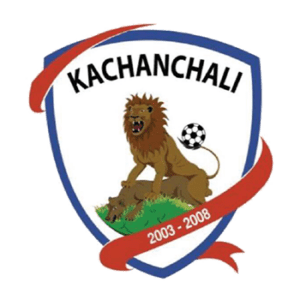
MUGUDU
Mugudu is jargon for the long, thick type of mandazi. Enticing and satisfying. Some refer to it as something else — but you’re wrong.
Mugudu is the class of 2002–2007.
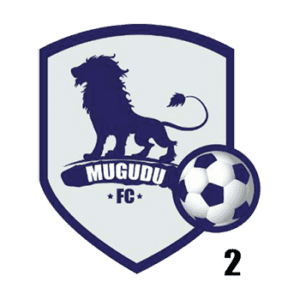
KAJOGO
Kajogo is one of the slums bordering Ntare School to the south. A serene haven nestled in greenery, fresh air, and a lot of secrets.
What happens in Kajogo, stays in Kajogo. Kajogo is the class of 2001–2006.

KASHORO
Kashoro means the school canteens — a vital part of the Ntare educational experience. These social hubs -canteens are social hubs that combine delicious snacks with a welcoming atmosphere. Kashoro is the class of 2000–2005.
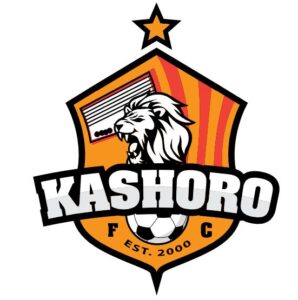
BONSHE / KAFUBS
Among the oldest cohorts. Bonshe is named after Ntare’s long-serving French teacher and Deputy Headmaster (Admin and Discipline), Mr. Birindwarugaba Eligius. He signed his tests with “Bon chance”, which evolved to Bonshasha, then Bonshe.
Kafubs is the class of 1999-2004.In case you know ‘akafubire’,then you know why the name stuck
Bonshe is the classes of 1995-2002
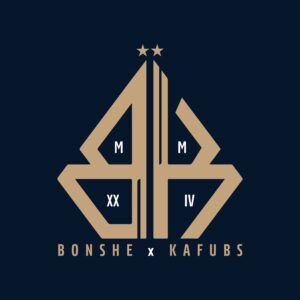
ABAZIBU
Refers to the hard men of the league — lions now renowned for their mastery and execution of the beautiful tik-tak style of play.
This is a group of lions who are believed to have gone to the den in those days.

BWERAS FC
This team represents the egrets — the ladies who attended Ntare School’s sister school, Bweranyangi Girls’ S.S.S. Bweras is a shortened form of the school’s name, and it’s where the team draws its identity. They bring flair, grace, and a refreshing view to the Ntare Lions League.
BECOME PART
Be a part of the Ntare Lions League community! Reconnect with old friends, stay active, and celebrate our shared heritage.
About
Uganda’s first & premier Sunday soccer league, bringing together teams from Ntare School’s 60+ year old rich heritage as a networking initiative for O.Bs coming together through sport.
SUBSCRIBE TO OUR NEWSLETTER
Subscribe to receive inspiration, ideas, and news in your inbox.
© Copyright 2024 Ntare Lions League. All rights reserved.
Designed by Computer Store Uganda Limited


